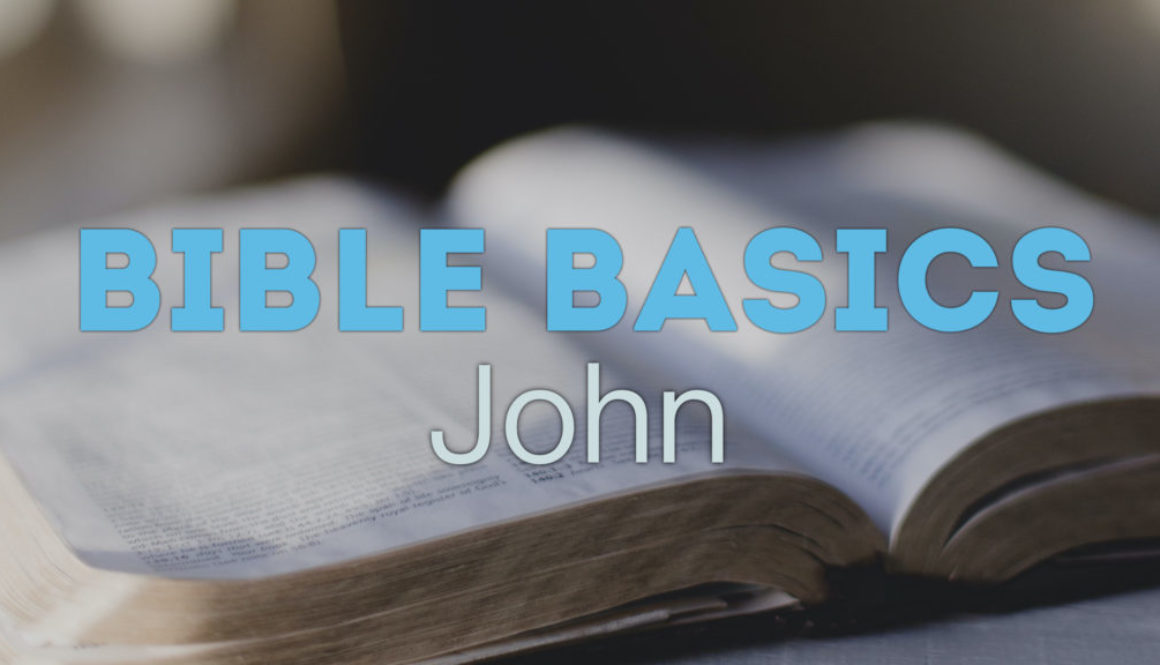John
Author
Clarity on who, exactly, wrote the book of John is quite limited. The first and most common view leans toward John, the son of Zebedee, who is attested to be the author by most ancient church writers, beginning with Ireneus (circa 180A.D.). This would make the author one of the 12 apostles and one of the three in Jesus’ inner circle.
More recently, however, some scholars have said a different John is more likely. A second possibility is another disciple of Jesus who was not one of the 12 apostles, identified as “John the Elder” by Papias.
Whoever wrote the gospel of John is likely the author of First, Second, and Third John. Since that writer calls himself “the Elder,” then this later John is a possibility.
Within the book itself, John, the son of Zebedee is called “the disciple whom Jesus loved.” If he was not the writer of the book, it is clear that he was an influence on the person who was (see John 21:24) and earned this title after his death.
Still, since tradition records that both John the son of Zebedee and the man known as John the Elder are buried in Ephesus, some have concluded they were likely the same man.
Date
Dating the book is troublesome, but most scholars agree that late in the first century (between 70A.D. and 100A.D.) is likely. Some of the book’s references, such as Christians being excluded from Jewish synagogues (John 9:22), would lead to a date in the 90s when tensions between Jews and Christians were high.
Audience and Purpose
Though John writes in such a way to be accessible by the Greek culture, his gospel is almost undisputedly written with those from a Jewish background in mind. We can safely assume that John’s primary audience was the Jewish-Christian community, especially those living in and around Ephesus.
Near the end of the gospel, John states that his purpose in writing was to offer proof that Jesus was the Messiah and Savior, “so that you may believe that Jesus is the Christ, the Son of God, and that by believing you may have life in his name” (John 20:30-31).
Major Themes
- Gospel.
- Jesus as Savior.
- The Activity of the Holy Spirit.
- Eternal Life. See John 1:34, 49; 3:18; 5:25; 10:36; 11:4, 27; 19:7; 20:31.
Key Scriptures
- John 1:1 — “In the beginning was the Word, and the Word was with God, and the Word was God. He was in the beginning with God.”
- John 1:14 — “And the Word became flesh and dwelt among us, and we have seen his glory, glory as of the only Son from the Father, full of grace and truth.”
- John 3:16 — “For God so loved the world, that he gave his only Son, that whoever believes in him should not perish but have eternal life.”
- John 14:6 — “Jesus said to him, “I am the way, and the truth, and the life. No one comes to the Father except through me.”
Outline
- John 1:1-18 — Prologue: Opening Hymn
- John 1:19-11:57 — The Signs of the Messiah
- John 12:1-17:26 — The Final Teachings of Jesus
- John 18:1-21:23 — The Arrest, Death, Burial and Resurrection of Jesus
Gospel Summary
As with the other gospels, it is difficult to give a gospel summary of John since the book itself is a “gospel” and a summary of the life of Jesus Christ.
However, the focus and style of John’s gospel set it apart from the other three (called the synoptic gospels). Clement of Alexandria called it “the spiritual gospel,” and John definitely shows a deeper understanding of the work of the Holy Spirit in Jesus’ life and ministry than the synoptic writers (John 3:3-9; 4:10–15, 21–24; 7:37–39; 14:16–17, 26; 15:26; 16:7–11, 13–15; 20:22).
John’s larger focus seems to be on the various proofs of the gospel, including four witnesses, listed in John 5:31-40), as well as the miracle “signs” which Jesus performed (John 20:30-31). In fact, the narrative of John’s gospel flows through 7 distinct miracle “signs” that point fo Jesus as the promised Messiah. This has earned the book the title of “The Book of Signs” by some Christian scholars. These signs are:
- John 2:1-11 — Changing Water into Wine
- John 4:46-54 — Healing the Official’s Son
- John 5:1-15 — Healing the Paralytic
- John 6:5-14 — Feeding the 5000
- John 6:16-24 — Walking on Water
- John 9:1-7 — Healing the Blind Man
- John 11:1-45 — Raising Lazarus from the Dead
Some scholars add that Jesus’ resurrection should be considered the 8th miracle sign, to which all the others point.
If you’re enjoying the content I produce, a little caffeine to keep me going would be appreciated!
© Anthony Scott Ingram 2021. All Rights Reserved.
Photo by Carolyn V on Unsplash
Unless otherwise indicated, all Scripture quotations are from The Holy Bible, English Standard Version®, copyright © 2001 by Crossway Bibles, a publishing ministry of Good News Publishers. Used by permission. All rights reserved.”
Please note that I do get a small kickback from Amazon for any purchases made using the links on this post. Should you choose to purchase from them, I just want to say thank you for further supporting my work in ministry!
